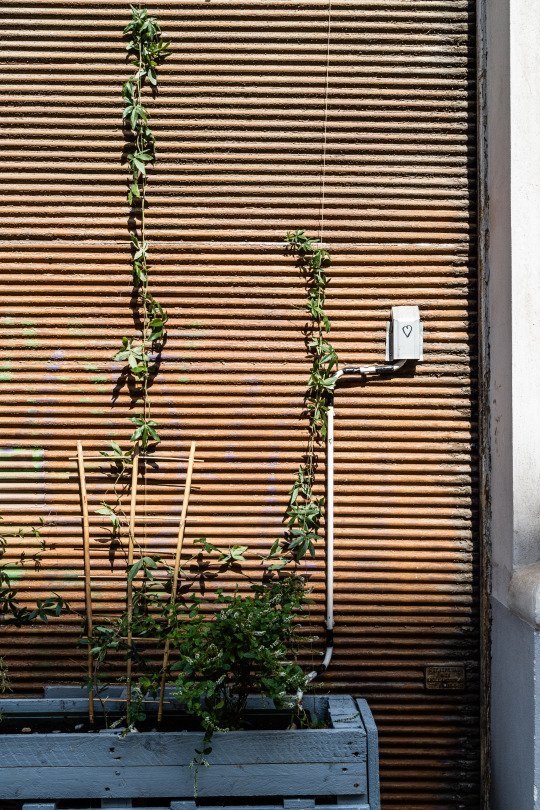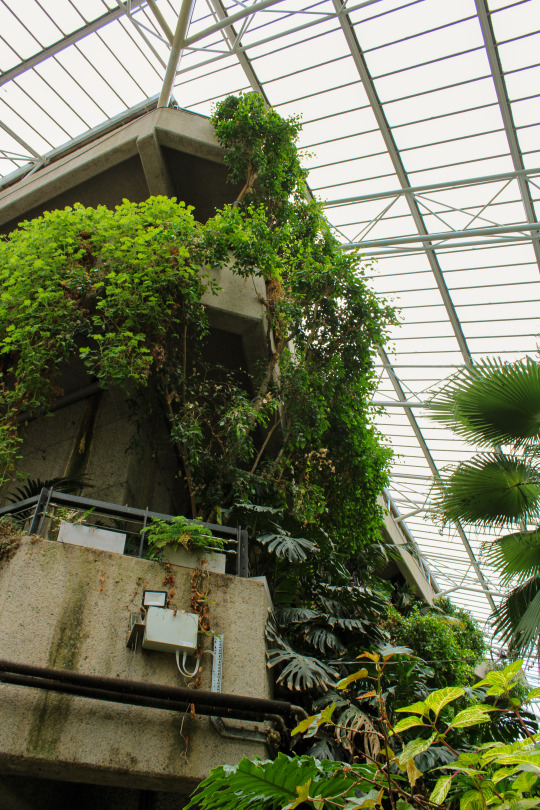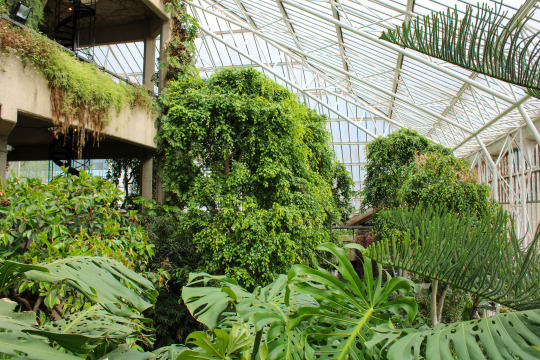#urban tree
Explore tagged Tumblr posts
Text

Urban composition
#tree#urban tree#urban composition#house#home#architecture#urban exploration#urban photography#my photography#photographers on tumblr#new treatment photographic
15 notes
·
View notes
Photo


vienna plants // vienna
radetzkystraße & tandelmarktgasse
#monochrome#urban#urban photography#street#street photography#vienna#wien#austria#plants#urban plants#urban gardening#weißgerberviertel#leopoldstadt#black and white photography#tree#urban tree
17 notes
·
View notes
Text

SOUTHBOUND & DOWN!
Six cities in one week with Gilbert Lawand!
All tickets on linktr.ee/jadomian and elsewhere!
FRI 8/25
BIRMINGHAM
8pm - Don't Tell Comedy
SAT 8/26
CHARLESTON
8pm - The Sparrow
TUE 8/29
ATLANTA
8pm - Urban Tree Cidery
WED 8/30
CHATTANOOGA
8pm - JJ's Bohemia
THU 8/31
ATHENS
8pm - 40 Watt Club
FRI 9/1
ASHEVILLE
7pm & 9:30pm - Catawba Brewing
🎨: Wojtek Arciszewski
#james adomian#jamesadomian#birmingham comedy#charleston comedy#atlanta comedy#chattanooga comedy#athens comedy#asheville comedy#dont tell comedy#the sparrow#urban tree#jjs bohemia#40 watt#catawba brewing#modelface#standup#standup comedy#live comedy#comedy tour
3 notes
·
View notes
Text


Naoki Ito: Urban Nature (2009)
53K notes
·
View notes
Text

Muddy Water, Kichijoji 吉祥寺
3K notes
·
View notes
Text

#mine#photography#aesthetic#nostalgia#grunge#american gothic#indie#urban#2000s#digicam#trees#rain#forest#weirdcore#fairycore#cottagecore#marjitea#grunge aesthetic#memorycore#emo#teencore#digital photography#photographers on tumblr#digital camera#2014#2014 tumblr#rural#rural gothic#nature#landscape
1K notes
·
View notes
Text
"Helio da Silva, a retired business executive from Brazil, single-handedly planted over 41,000 trees in his hometown of Sao Paulo over the last two decades.
Flying over the Brazilian metropolis of Sao Paulo, it’s tough to miss the 3.2-kilometers-long and 100-meter-wide green strip of trees wedged between two of the city’s busiest roads. It is known as Tiquatira Linear Park, and it is the work of a single man who worked tirelessly for over 20 years in order to transform a previously dilapidated area into an actual jungle within the urban jungle that is Sao Paulo. Originally from the town of Promissao, about 500km from Sao Paulo, Helio da Silva was a successful business executive for many years, but after retiring, he took it upon himself to transform the degraded banks of the Tiquatira River into a green oasis for his community. He started planting trees there in 2003 and hasn’t stopped since.
73-year-old da Silva recently told AFP that he wanted to leave a legacy to the city that adopted him decades ago. Within the first four years of his epic project, he single-handedly planted 5,000 trees in an area that had long been abandoned and known to be frequented by drug dealers and users. His impressive feat prompted the municipality of Sao Paulo to recognize his efforts and acknowledge the area as the first linear park in Sao Paulo. This only emboldened da Silva, who continued planting native trees.
By 2020, Helio had planted more than 25,047 trees over a 3.2-km-long area, achieving a survival rate of 88 percent. For every 12 trees, he planted a fruit-bearing species in the hopes of attracting birds and animals to his green oasis. His bet paid off, as according to the municipality, 45 types of birds have been identified in the park. Today, the Tiquatira Linear Park numbers over 41,000 individual trees, and Helio da Silva doesn’t plan on stopping planting until he reaches at least 50,000 of them.
“My motivation comes from the trees themselves because trees give us flowers and fruits, absorb rainwater, attract birds and provide us with wonderful shade and fresh air,” da Silva told Common Earth.
The retired executive estimates that he spent about $7,000 per year on his tree-planting efforts since 2022, but the way he sees it, it was a worthwhile investment for himself, his family and the whole of Sao Paulo. Plus, he saved a lot of money by planting the trees himself.
Once labeled as crazy for spending most of his time planting trees in an area most people avoided, Helio da Silva is now hailed as a local hero. He sometimes receives help from like-minded nature lovers, but he is still the driving force behind this amazing project. Every Sunday, he comes to Tiquatira Park to plant more trees.
Over the years, the city gym and playground equipment, tables, benches, toilets, and Tiquatira Linear Park eventually became one of Sao Paulo’s most popular areas."
youtube
-Article via OddityCentral, October 4, 2024. Video via France24, September 26, 2024.
--
Note: ONE SINGLE PERSON CAN MAKE A SUCH A DIFFERENCE
#brazil#sao paulo#south america#park#urban park#trees#nature#biodiversity#climate action#climate adaptation#hopepunk#solarpunk#native plants#environment#plants#ecology#good news#hope#Youtube#edited to fix the spelling of Sao Paulo#can only do that in the article text tho#not the title#sorry about that
1K notes
·
View notes
Text

November by John Atkinson Grimshaw
#john atkinson grimshaw#art#november#victorian#nocturnal#urban#landscape#gothic#trees#sky#clouds#cloudy#moon#full moon#moonlit#moonlight#british#english#england#great britain#house#houses#buildings#wall#walls#gate#gates
633 notes
·
View notes
Text

The care tree - Anette Björk Swensson , 2024.
Swedish , b. 1956 -
Oil on canvas , 54 x 39 cm.
413 notes
·
View notes
Text


A tramway across Sokolniki Park, Moscow.
#photographers on tumblr#trees#photography#landscape#lensblr#original photography#autumn#urban photography#forest#greenery#leaves#woods#autumn ambers#parks#tram#russia#moscow#canon#canon 50d#tamron
481 notes
·
View notes
Text

Jim Thorpe, PA.
©Lía Serrano
//
#Lia Serrano#original photographers#photographers on tumblr#artists on tumblr#artwork#lia serrano#black and white photography#visual arts#bwphotography#artistic photography#photo art#Landscape#landscape photography#urban exploring#urban photography#old homes#architecture#jim thorpe#travel photography#monochrome photography#monochrome#digital photography#digital photo art#photo editing#visual art#Trees#dark and moody#dark photography#spooky aesthetic#women photographers
747 notes
·
View notes
Text




Barbican Conservatory Pt. 1 Taken 31st May 2023, Barbican Conservatory, London
#plantcore#botany#botanical#plantlife#plants#naturephotography#botanic academia#green academia#solarpunk#brutalism#indoor jungle#greenery#verdant#city garden#urban jungle#naturecore#naturelover#tree photography
4K notes
·
View notes
Text


Painted clouds. ⛅️ 💕

#nature#naturecore#nature photography#cottagecore#sunsetcore#sunset sky#clouds#sky#trees#landscape#urban nature
266 notes
·
View notes
Text








Christmas tree can from NYC
#christmas aesthetic#Christmas#December#christmas in new york#new york city#nyc#New York#vsco#vscocam#travelblr#Christmas tree#holidays#urban#city
321 notes
·
View notes
Text

#Winter Wonderland#Snowy Tree#Urban Nature#Snowfall Aesthetic#Winter Streetscape#Colorado Winter#Tranquil Scenes#Snow-Draped Trees#Urban Photography#MissedMileMarkers
269 notes
·
View notes
Text

Ripples II, Kichijoji 吉祥寺
411 notes
·
View notes